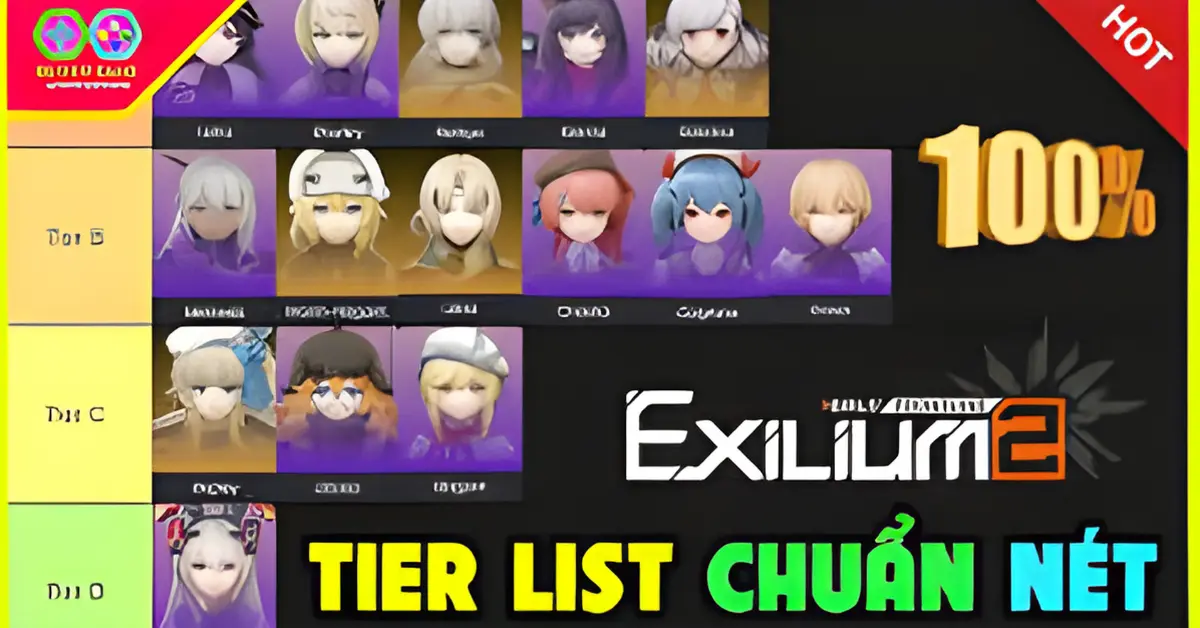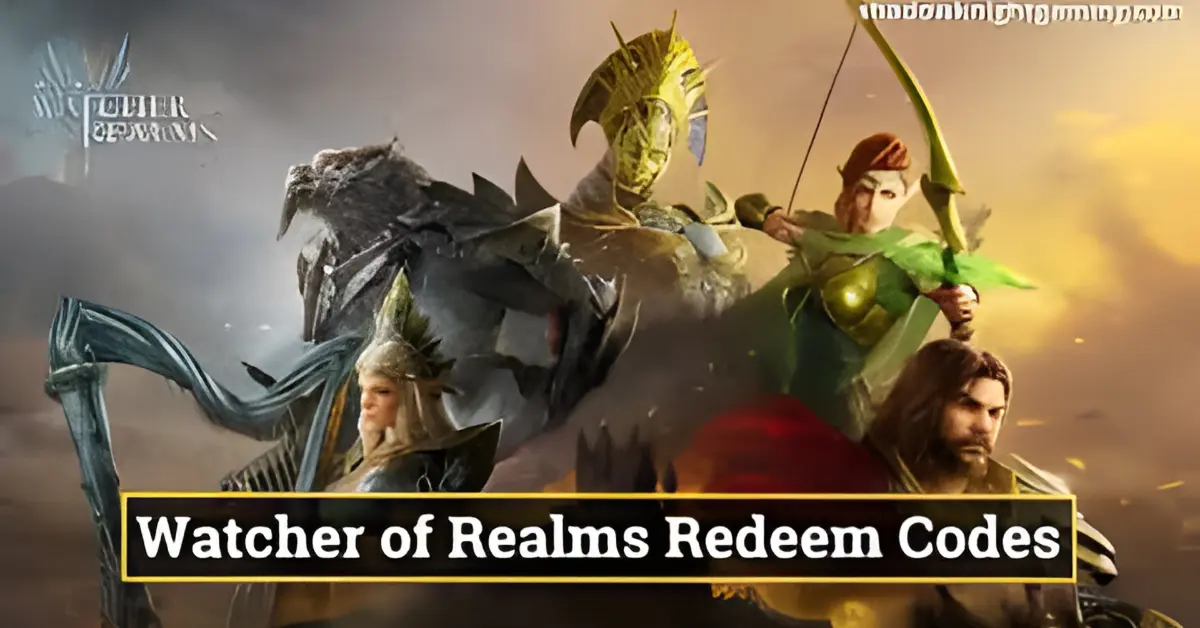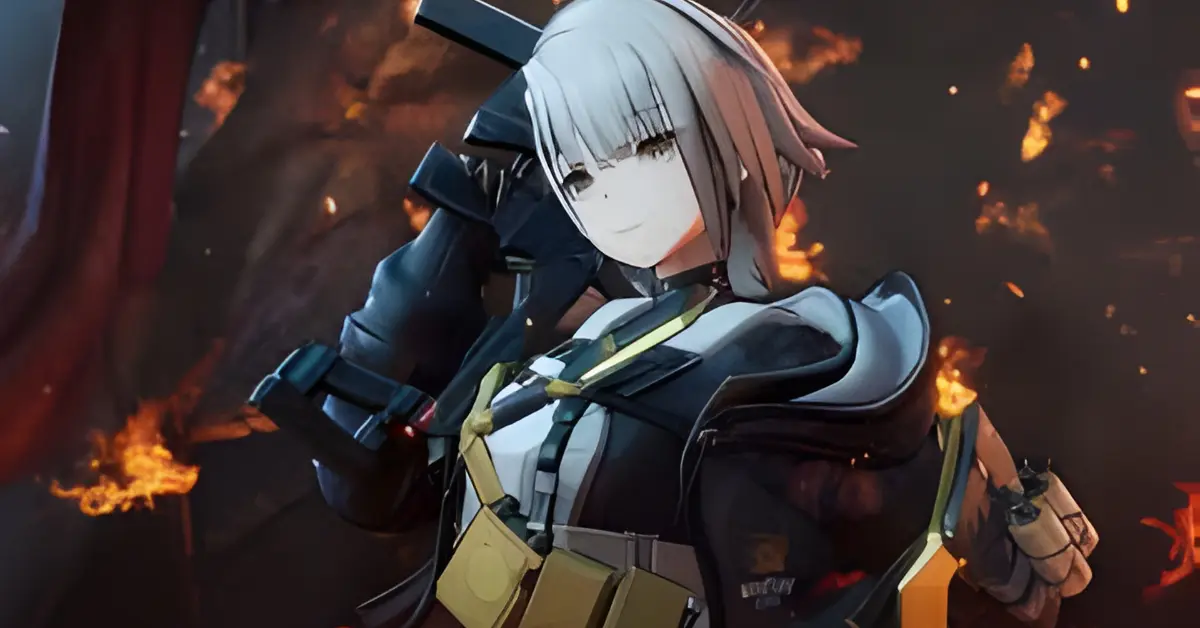Table of Contents
ToggleKey Takeaways
- DnD character creator visual tools allow players to design portraits, tokens, and 3D miniatures that bring characters to life.
- Visuals improve immersion, storytelling, and group roleplay by giving everyone the same shared image.
- Beginners should start with free tools like Roll20 Token Maker or Artbreeder, while advanced players may prefer premium options like Hero Forge or Eldritch Foundry.
- Dungeon Masters benefit by using visuals for NPCs, villains, and campaign consistency, making worlds feel cinematic.
- Art styles vary — realistic, cartoonish, pixel, or fantasy-inspired — and choosing a consistent style keeps campaigns immersive.
- Visuals can evolve as characters progress through levels, showing scars, new gear, or magical effects.
- The future of these tools includes AI text-to-art, VR customization, and AR miniatures, which will push campaigns toward movie-like immersion.
Introduction
Character creation is one of the most exciting parts of Dungeons & Dragons (DnD). You get to decide who you are in the story: a half-orc barbarian, a human wizard, or maybe a tiefling bard. But words and numbers on a sheet can’t always capture the full picture of your hero.
That’s why a dnd character creator visual is so powerful. It lets you build portraits, tokens, or even physical miniatures that reflect exactly what you imagine. Suddenly, your character isn’t just an idea — they’re someone you and your fellow adventurers can see and connect with.
This expanded guide covers everything: the best tools, practical tips, advanced strategies, and even community uses that will help you get the most out of visual character creation.
Why Visuals Elevate DnD Campaigns
1. A Shared Image for Everyone
When all players see the same portrait, there’s no confusion about your character’s look. It strengthens roleplay because everyone imagines the same details.
2. Emotional Investment
Visuals make characters feel real. You’re more likely to care about a dwarf fighter’s fate when you can see his battle-worn armor and braided beard.
3. Faster Storytelling
DMs can quickly introduce NPCs with a portrait rather than lengthy descriptions, saving time and keeping sessions engaging.
4. Campaign Atmosphere
Visuals set the mood. Realistic art makes campaigns feel dark and gritty, while cartoon styles create a fun, lighthearted tone.
Beginner’s Guide: How to Start with DnD Character Creator Visuals
If you’ve never used these tools before, don’t worry. Here’s a simple roadmap:
- Pick a Beginner-Friendly Tool: Start with Roll20’s token maker or Artbreeder.
- Focus on Core Features: Race, class, and one standout detail (like a weapon or magical aura).
- Avoid Overcomplicating: Too many details can overwhelm you at first.
- Export and Share: Save your visual as a PNG for your DM or upload it to Roll20 for group use.
Advanced Techniques for Experienced Players
Veteran players can go beyond the basics to make their visuals truly immersive:
- Create Evolution Stages: Show your hero at different points in their journey — apprentice, seasoned adventurer, legendary hero.
- Design Outfits for Situations: Combat armor, casual travel clothes, or ceremonial robes.
- Add Symbolism: Tattoos, relics, or scars tied to your backstory.
- Multiple Tokens for Combat: Angry, wounded, or victorious versions for use on battle maps.
These details enrich campaigns and give roleplay extra depth.
Free vs. Paid Tools: A Detailed Comparison
Free Tools
- Roll20 Token Maker – Quick and easy for online play.
- Artbreeder (basic version) – AI portraits with simple blending.
- PCGen (open source) – Character sheets with optional visuals.
Best For: Beginners, one-shots, or casual campaigns.
Paid Tools
- Hero Forge: Full 3D customization with miniatures you can print.
- Artbreeder Pro: Advanced AI blending for unique, high-quality portraits.
- Eldritch Foundry: Fantasy-focused 3D miniatures with deep customization.
Best For: Long-term campaigns, collectors, and streamers who want polished visuals.
Best Tools to Use in 2025
1. Hero Forge
The most popular for 3D minis and digital rendering.
- Pros: Unmatched customization, poses, and accessories.
- Cons: Premium pricing for prints.
2. Artbreeder
Great for creating unique, realistic portraits.
- Pros: AI-driven blending makes every portrait different.
- Cons: Limited gear/clothing options.
3. D&D Beyond Character Builder
Excellent for beginners who want official rules.
- Pros: Easy to use, integrates with character sheets.
- Cons: Weak visual options unless paired with other tools.
4. Roll20 Token Maker
Perfect for virtual tabletop campaigns.
- Pros: Quick, easy, campaign-ready.
- Cons: Simplistic designs.
5. Eldritch Foundry
Focused on fantasy themes, similar to Hero Forge.
- Pros: Stylish designs built for DnD.
- Cons: Smaller library than Hero Forge.
Matching Visuals with Backstory
Great visuals tell a story before you even speak. Tie yours to your character’s past:
- The Haunted Warlock: Pale skin, glowing eyes, cursed relics.
- The Noble Rogue: Clean clothes, jeweled dagger, aristocratic posture.
- The Wandering Monk: Simple robes, travel-worn sandals, serene expression.
This approach makes characters unique and roleplay-driven.
Roleplay Inspiration from Visuals
Visuals don’t just decorate — they inspire.
- A scar could become part of a battle story.
- A glowing amulet might be a family heirloom.
- A smile in a portrait could shape a bard’s cheerful personality.
By linking visuals to roleplay, you make your character unforgettable.
Dungeon Master Applications
DMs can use visuals to:
- Introduce villains with dramatic reveals.
- Differentiate between dozens of NPCs.
- Build consistent worlds with recurring portraits.
This keeps campaigns cinematic and memorable.
Using Visuals in Online and Streaming Campaigns
In virtual tabletops or streams, visuals add huge value:
- Roll20 & Foundry VTT: Tokens bring battle maps to life.
- Twitch/YouTube Campaigns: Viewers engage more when characters have faces.
- Session Pacing: Visuals reduce time spent explaining NPCs.
For groups who stream or play online, a dnd character creator visual is almost essential.
Community Sharing and Creative Uses
Players worldwide share their creations:
- Reddit: Great for feedback and inspiration.
- Discord Servers: Communities swap tips and tools.
- Campaign Artbooks: Groups collect all visuals into a campaign “memory book.”
Some even commission artists using character creator visuals as a foundation.
Popular Art Styles in Character Creators
- Realistic: Works for serious campaigns.
- Cartoonish: Fun for casual or family play.
- Pixel Art: Retro style for old-school gamers.
- Fantasy Illustration: Closest to DnD’s official style.
Consistency is key. Decide with your group so styles don’t clash.
The Future of DnD Character Creator Visuals
- AI Text-to-Art: Describe your hero and get a portrait instantly.
- VR Builders: Create and walk around your character in 3D.
- AR Miniatures: Project digital minis onto real tabletops.
These trends will make future campaigns even more immersive.
Common Mistakes and How to Avoid Them
- Overcomplicating: Keep visuals simple and readable.
- Style Clashes: Agree on a group aesthetic before starting.
- Forgetting Exports: Make sure your tool supports Roll20 or Foundry formats.
Real-World Example: A DM’s NPC Gallery
One DM created a gallery of 100 NPC portraits using Artbreeder and Hero Forge. Instead of saying “you see a merchant,” they showed a portrait of a friendly shopkeeper. Players instantly connected with NPCs, remembered their names, and felt more immersed in the world.
FAQs
Q1: Do visuals cost money?
Some tools are free, while others charge for advanced features or prints.
Some tools are free, while others charge for advanced features or prints.
Q2: Can I print my character?
Yes, with Hero Forge or Eldritch Foundry, you can 3D print miniatures.
Yes, with Hero Forge or Eldritch Foundry, you can 3D print miniatures.
Q3: Do visuals replace imagination?
No. They enhance imagination by providing a shared reference point.
No. They enhance imagination by providing a shared reference point.
Q4: Can visuals evolve as characters grow?
Absolutely. You can update your design as your character levels up.
Absolutely. You can update your design as your character levels up.
Conclusion
A dnd character creator visual is not just a tool — it’s a bridge between imagination and gameplay. It makes campaigns smoother, characters more memorable, and roleplay richer.
Whether you’re a beginner making your first token or a DM designing a villain’s portrait, visuals add depth and personality to your story. In a game where imagination drives adventure, visuals ensure that everyone sees the same vision — and shares the same journey.






